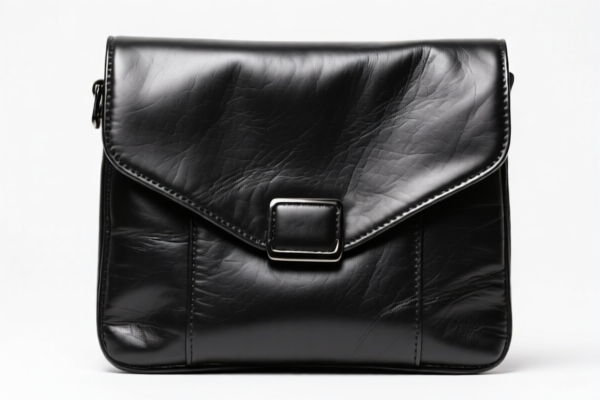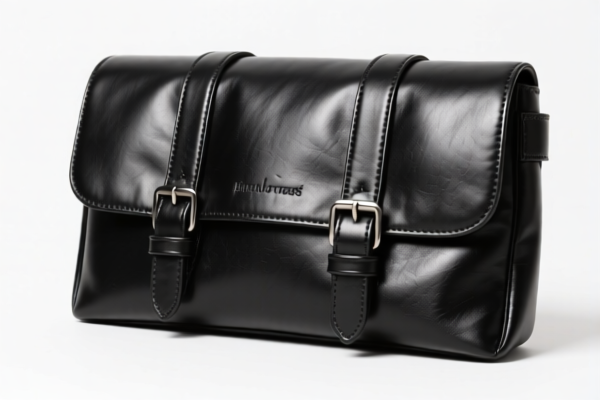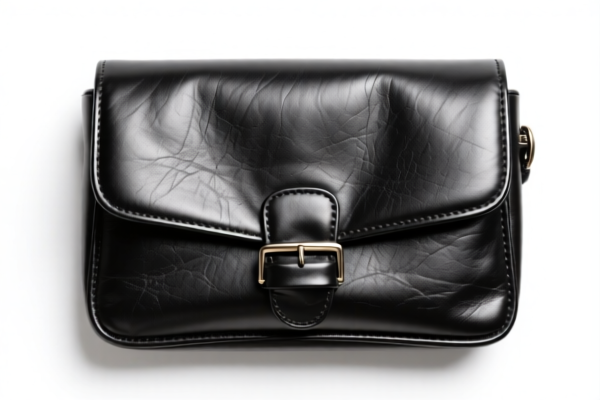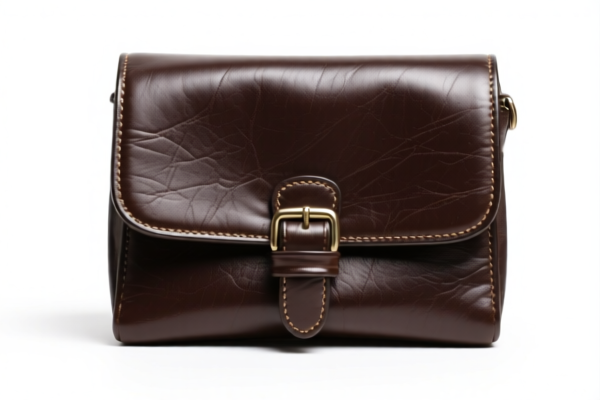| HS Code | Official Doc | Tariff Rate | Origin | Destination | Effective Date |
|---|---|---|---|---|---|
| 6217909095 | Doc | 52.1% | CN | US | 2025-05-12 |
| 9401806025 | Doc | 55.0% | CN | US | 2025-05-12 |
| 6217109550 | Doc | 52.1% | CN | US | 2025-05-12 |
| 6402199061 | Doc | 46.5% | CN | US | 2025-05-12 |
| 6406901540 | Doc | 52.4% | CN | US | 2025-05-12 |




Here is the structured analysis and customs compliance information for the declared product "pu leather" (polyurethane leather), based on the provided HS codes and tax details:
🔍 Product Classification Overview:
The product "pu leather" may be classified under various HS codes depending on its final use (e.g., as a component of clothing, shoes, or furniture). Below are the relevant HS codes and their associated customs duties:
📦 HS Code 6217909095
Description: Other made-up clothing accessories and parts thereof
Total Tax Rate: 52.1%
- Base Tariff: 14.6%
- Additional Tariff: 7.5%
- Tariff after April 11, 2025: 30.0%
- Note: This code is suitable for pu leather used in clothing accessories (e.g., belts, straps, etc.)
🪑 HS Code 9401806025
Description: Other seats (excluding those of heading 9402), whether or not convertible into beds, and their parts: Other seats: Other: Other children's seats
Total Tax Rate: 55.0%
- Base Tariff: 0.0%
- Additional Tariff: 25.0%
- Tariff after April 11, 2025: 30.0%
- Note: This code applies to pu leather used in furniture parts, such as seat covers or cushions.
🧥 HS Code 6217109550
Description: Other clothing accessories
Total Tax Rate: 52.1%
- Base Tariff: 14.6%
- Additional Tariff: 7.5%
- Tariff after April 11, 2025: 30.0%
- Note: This code is similar to 6217909095 and applies to general clothing accessories made of pu leather.
👟 HS Code 6402199061
Description: Sports shoes with rubber or plastic soles and uppers
Total Tax Rate: 46.5%
- Base Tariff: 9.0%
- Additional Tariff: 7.5%
- Tariff after April 11, 2025: 30.0%
- Note: This code applies to pu leather used in the upper parts of sports shoes.
👟 HS Code 6406901540
Description: Other parts of footwear, made of other materials, with textile parts made of man-made fibers
Total Tax Rate: 52.4%
- Base Tariff: 14.9%
- Additional Tariff: 7.5%
- Tariff after April 11, 2025: 30.0%
- Note: This code applies to pu leather used in shoe parts (e.g., heels, laces, etc.)
⚠️ Important Notes and Recommendations:
-
April 11, 2025 Tariff Increase: All the above HS codes will see an additional 30.0% tariff applied after April 11, 2025. This is a critical date to be aware of for cost planning.
-
Anti-Dumping Duties: Not applicable for pu leather in the provided HS codes, but always verify if the product is subject to anti-dumping or countervailing duties based on the country of origin.
-
Material Verification: Ensure that the product is indeed made of polyurethane (PU) leather and not other materials (e.g., genuine leather or synthetic alternatives), as this can affect classification.
-
Certifications Required: Depending on the end use (e.g., clothing, footwear, furniture), certain certifications (e.g., REACH, RoHS, or textile-specific standards) may be required for customs clearance.
-
Unit Price and Classification: Confirm the unit price and product description to ensure the correct HS code is applied. Misclassification can lead to delays and additional penalties.
✅ Proactive Advice:
- Double-check the product composition and end use to ensure the most accurate HS code.
- Consult with a customs broker or classification expert if the product is used in multiple applications (e.g., both clothing and furniture).
- Monitor the April 11, 2025 deadline to adjust pricing or sourcing strategies accordingly.
Let me know if you need help with HS code selection or customs documentation. Here is the structured analysis and customs compliance information for the declared product "pu leather" (polyurethane leather), based on the provided HS codes and tax details:
🔍 Product Classification Overview:
The product "pu leather" may be classified under various HS codes depending on its final use (e.g., as a component of clothing, shoes, or furniture). Below are the relevant HS codes and their associated customs duties:
📦 HS Code 6217909095
Description: Other made-up clothing accessories and parts thereof
Total Tax Rate: 52.1%
- Base Tariff: 14.6%
- Additional Tariff: 7.5%
- Tariff after April 11, 2025: 30.0%
- Note: This code is suitable for pu leather used in clothing accessories (e.g., belts, straps, etc.)
🪑 HS Code 9401806025
Description: Other seats (excluding those of heading 9402), whether or not convertible into beds, and their parts: Other seats: Other: Other children's seats
Total Tax Rate: 55.0%
- Base Tariff: 0.0%
- Additional Tariff: 25.0%
- Tariff after April 11, 2025: 30.0%
- Note: This code applies to pu leather used in furniture parts, such as seat covers or cushions.
🧥 HS Code 6217109550
Description: Other clothing accessories
Total Tax Rate: 52.1%
- Base Tariff: 14.6%
- Additional Tariff: 7.5%
- Tariff after April 11, 2025: 30.0%
- Note: This code is similar to 6217909095 and applies to general clothing accessories made of pu leather.
👟 HS Code 6402199061
Description: Sports shoes with rubber or plastic soles and uppers
Total Tax Rate: 46.5%
- Base Tariff: 9.0%
- Additional Tariff: 7.5%
- Tariff after April 11, 2025: 30.0%
- Note: This code applies to pu leather used in the upper parts of sports shoes.
👟 HS Code 6406901540
Description: Other parts of footwear, made of other materials, with textile parts made of man-made fibers
Total Tax Rate: 52.4%
- Base Tariff: 14.9%
- Additional Tariff: 7.5%
- Tariff after April 11, 2025: 30.0%
- Note: This code applies to pu leather used in shoe parts (e.g., heels, laces, etc.)
⚠️ Important Notes and Recommendations:
-
April 11, 2025 Tariff Increase: All the above HS codes will see an additional 30.0% tariff applied after April 11, 2025. This is a critical date to be aware of for cost planning.
-
Anti-Dumping Duties: Not applicable for pu leather in the provided HS codes, but always verify if the product is subject to anti-dumping or countervailing duties based on the country of origin.
-
Material Verification: Ensure that the product is indeed made of polyurethane (PU) leather and not other materials (e.g., genuine leather or synthetic alternatives), as this can affect classification.
-
Certifications Required: Depending on the end use (e.g., clothing, footwear, furniture), certain certifications (e.g., REACH, RoHS, or textile-specific standards) may be required for customs clearance.
-
Unit Price and Classification: Confirm the unit price and product description to ensure the correct HS code is applied. Misclassification can lead to delays and additional penalties.
✅ Proactive Advice:
- Double-check the product composition and end use to ensure the most accurate HS code.
- Consult with a customs broker or classification expert if the product is used in multiple applications (e.g., both clothing and furniture).
- Monitor the April 11, 2025 deadline to adjust pricing or sourcing strategies accordingly.
Let me know if you need help with HS code selection or customs documentation.
Customer Reviews
No reviews yet.